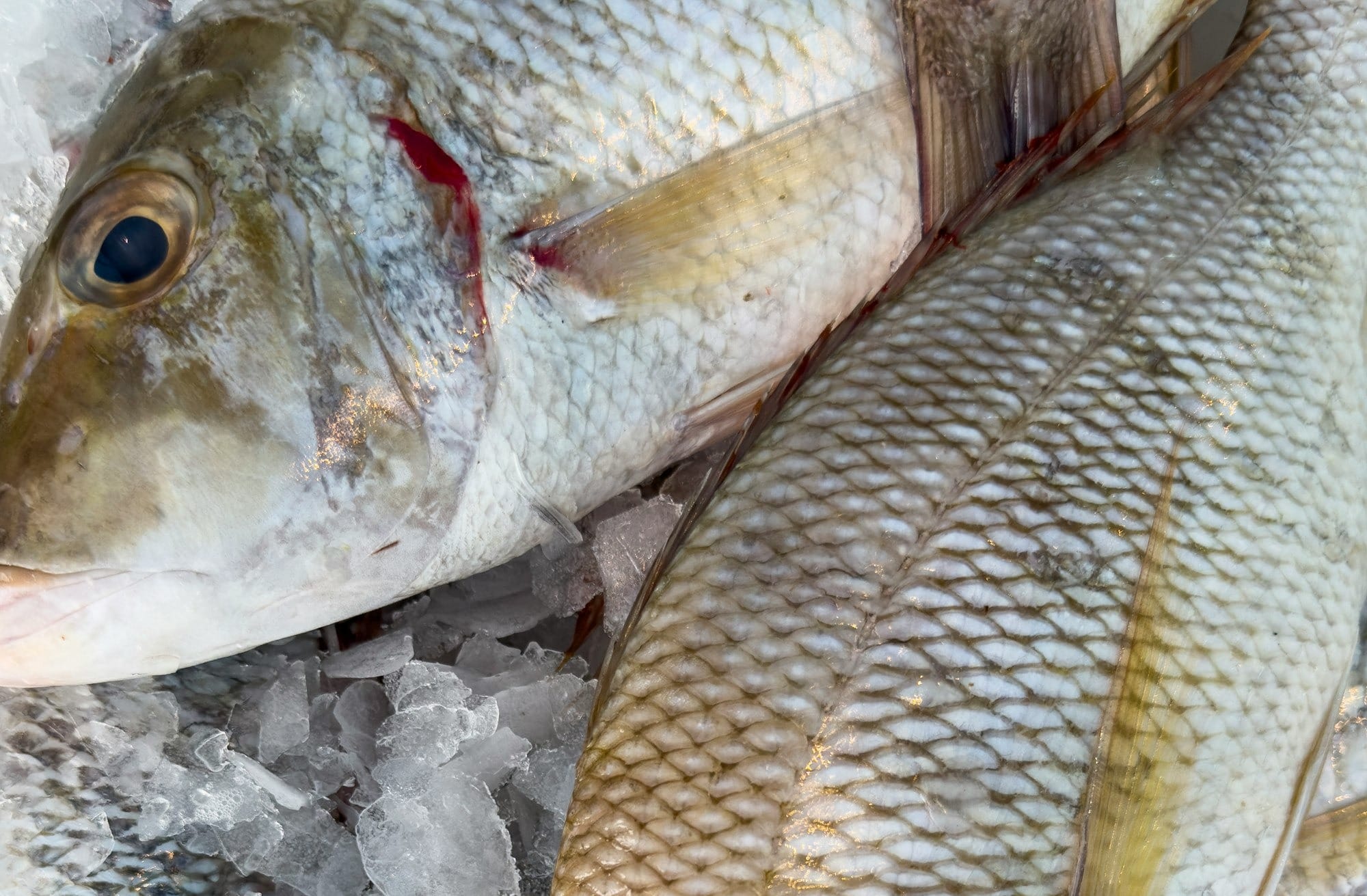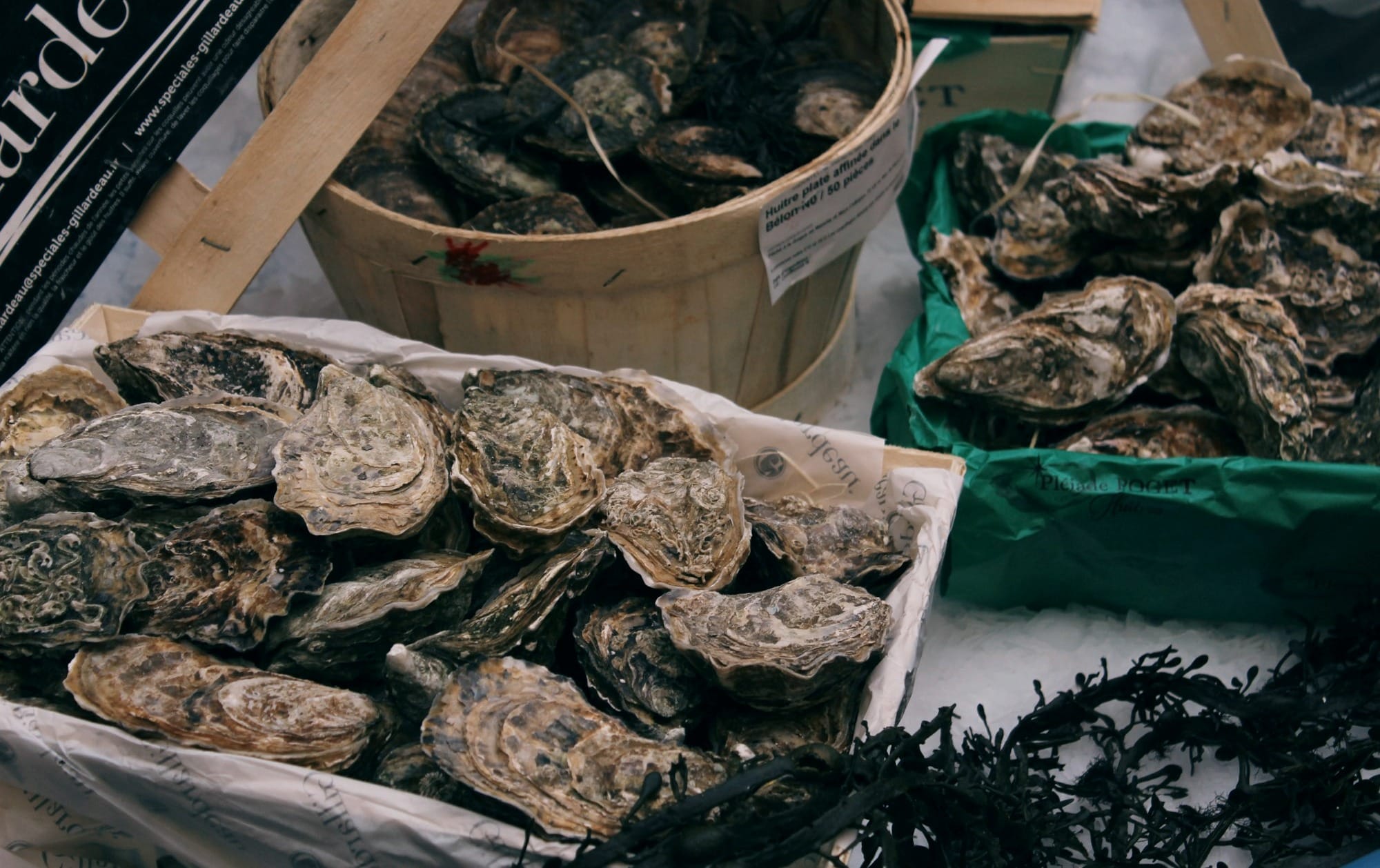How to Select Fresh Seafood
Next time you're at the fish market remember these important tips from FreshAIG.com for selecting the freshest seafood.

When it comes to selecting seafood, freshness is key. Whether you're a seasoned cook or just starting to explore the world of seafood, knowing how to select fresh fish can make all the difference. Here are some essential tips from FreshAIG.com to ensure you're choosing the freshest seafood for quality and flavor.
Whole Fish
1. Check the Eyes: The eyes of a fresh fish should be clear and bright, not cloudy or sunken. This is a good indicator of the fish's freshness and quality.

2. Inspect the Gills: Fresh fish will have gills that are vibrant red. If the color of the gills appear faded, brown, or have excess slime, it's a sign that the fish is not as fresh as it should be. Ask your fishmonger to show you.
3. Look at the Skin: The skin of the fish should be moist and tight, with shiny scales firmly adhering to the body. This indicates that the fish has been properly handled, stored, and is still in good condition.

4. Feel the Flesh: Fresh fish should be firm to the touch. If it feels mushy or leaves an indentation when pressed, it's best to avoid it. Ask your fishmonger to perform this for you.
5. Smell the Fish: A fresh fish should not have a strong fishy odor. Instead, it should smell like the ocean or have a mild, clean scent.
Fish Fillets
Fish fillets should have the same characteristics. They should smell clean and the color should be uniform, with a moist firm quality and sheen. When gently pressed, fresh fish fillets should be resilient (again feel free to ask your fishmonger to do this).

Shellfish
Whether fresh or frozen, any hint of an ammonia-like smell is an indicator of poor handling, storage, or less-than-fresh shellfish. Ideally, shellfish should be purchased alive, lasting several days under the right storage conditions. With shellfish like clams, mussels, and oysters, make sure that they are closed, otherwise give them a little tap which should result in them closing immediately.

Take Home
By following these guidelines, you can ensure that you're selecting the freshest seafood. Inspect the seafood you are purchasing for freshness and feel free to ask your local fishmonger questions. Remember to keep seafood cold to preserve its fresh flavor, which makes up most of the value of the seafood you've purchased. The quality of your ingredients will elevate your cooking and make meals more enjoyable for friends and family.
So next time you're at the fish counter, keep these tips in mind when selecting seafood. For those looking to buy fresh salmon, tuna, or any fish from local seafood markets or fishermen, FreshAIG offers a convenient merchant directory and online marketplace to help you access the freshest seafood near you. Visit FreshAIG.com to include more seafood into your diet and find the freshest options available.





